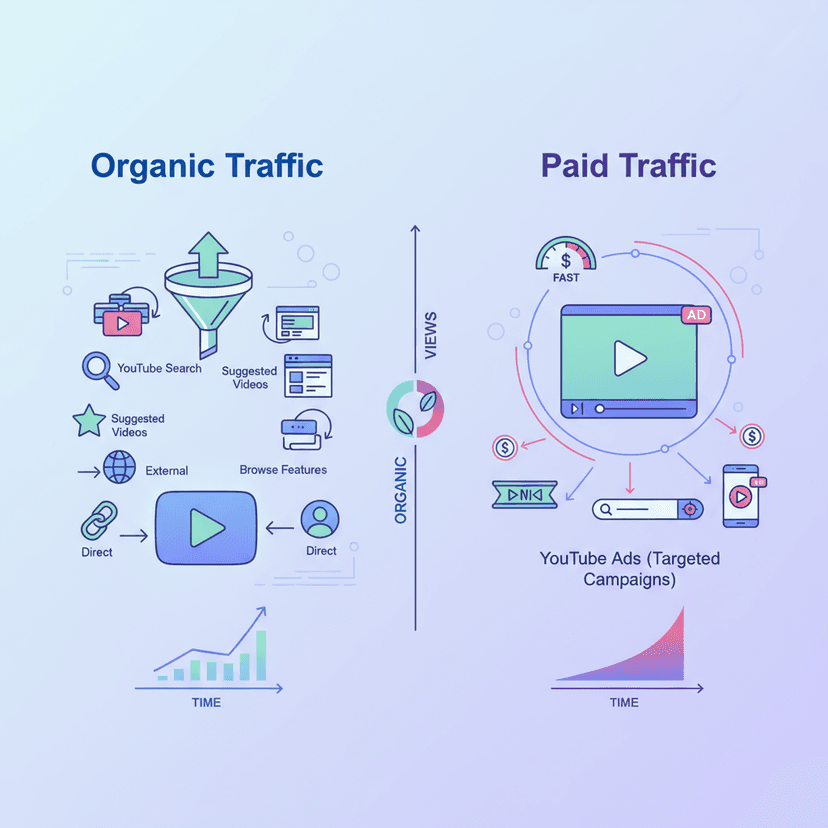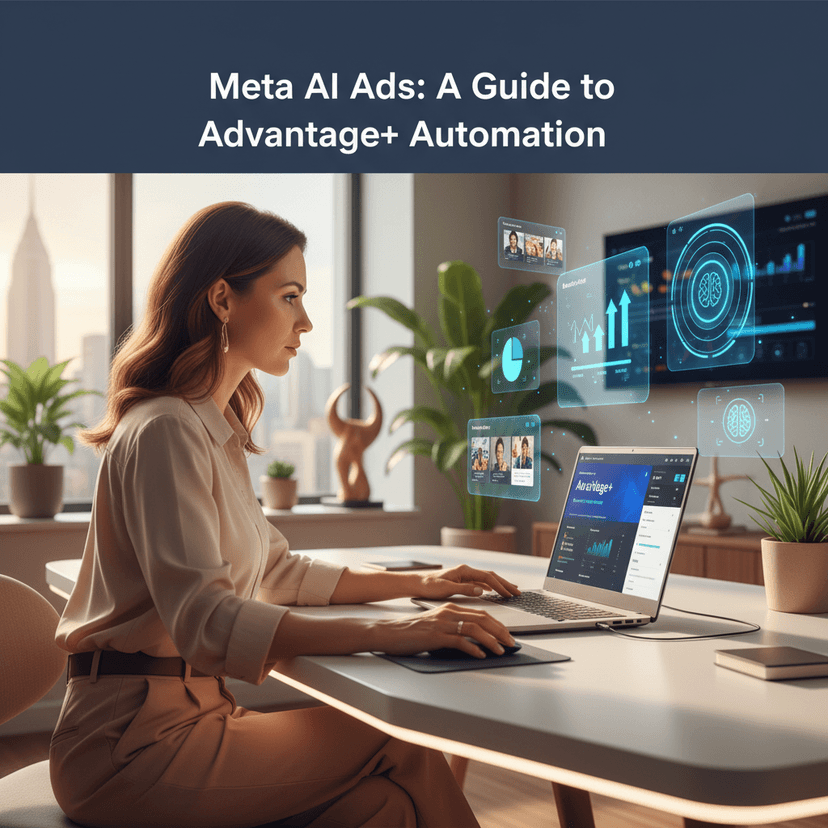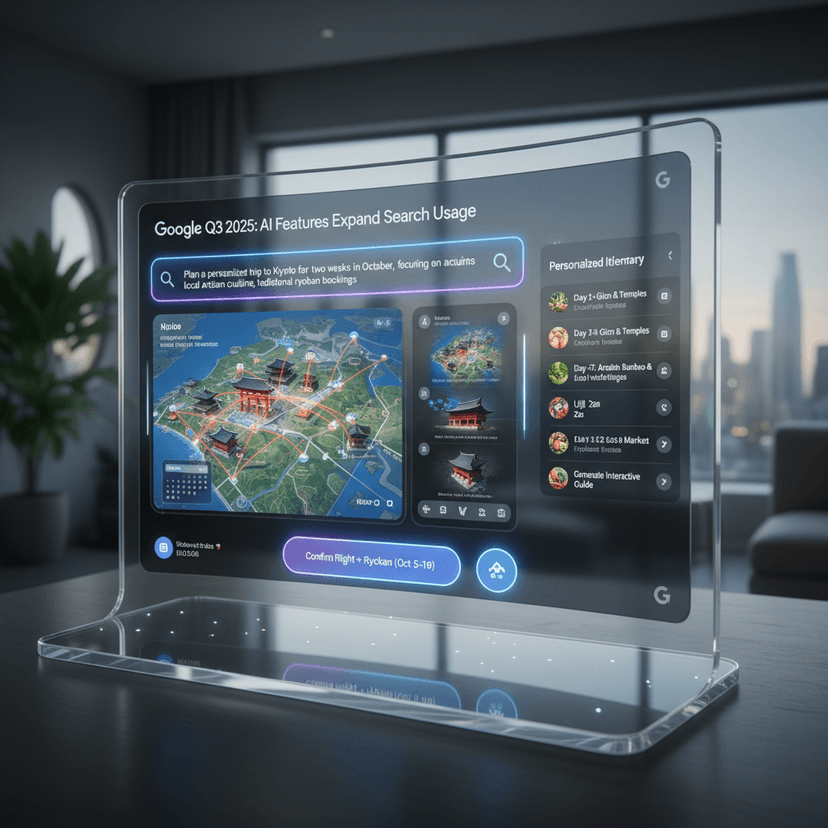One of the key aspects of SEO is high-quality content that meets user needs. Each visitor comes to your website with different intentions – some are first-time visitors, others are researching services, and still others are ready to purchase products. We can design content to address these behaviors and needs through Content Mapping, or systematic content planning.
What is Content Mapping?
Content Mapping is the process of aligning content with the needs of your target audience at each stage of the buying decision (Buyer’s Journey), including the following stages:
- Awareness – Recognizing a problem or pain point
- Consideration – Evaluating options or business solutions
- Decision – Making a purchasing decision for a product or service
Simply put, Content Mapping helps us create content that resonates with readers and present it at the right time, which has a significant positive impact on SEO.
Why is Content Mapping Important for SEO?
Content Mapping offers several benefits for SEO:
1. Increases Content Relevance
When we understand what readers need at each stage, we can create content that is more relevant and useful. This aligns with Google’s goal of displaying the most relevant search results. By understanding what website visitors need at each stage of the Buyer’s Journey, we can create content that resonates with them and is beneficial, which will further improve our website’s ranking.
For example, if a reader is in the Awareness stage, we might create an article explaining the problem and potential solutions. But if the reader is already in the decision-making stage, we might present a comparative article about our products or services versus competitors.
2. Increases User Engagement
Content that resonates with readers will naturally keep them on your website longer and encourage interaction. For instance, if we have an article that fully answers readers’ questions, they will spend more time reading it or may share the article or click to other pages on our website. These behaviors help reduce the website’s bounce rate, which is a positive signal to Google indicating that our website is high-quality and meets user intent, ultimately improving our website’s ranking.
3. Improves Keyword Usage
Content Mapping helps us see the overall picture of keywords used by our target audience at each stage, allowing us to plan keyword usage more effectively. For example, in the Awareness stage, readers might use question-based keywords like “Why is my skin dry?” But in the Decision stage, they might use more specific keywords like “Which brand of dry skin cream is best?” This will help SEO content writers select keywords and design articles that better meet customer needs.
4. Creates a Better Website Structure
Systematic Content Mapping helps us design a well-organized website structure that is easy to use and easy for search engines to understand. For example, we might group content according to the Customer Journey, with a main page for each stage and subpages providing in-depth information on each topic. This type of structure not only makes it easier for readers to find information but also helps Google Bots better understand the relationships between content on our website.
5. Helps with Content Updates
When we have a clear content map, we can easily see which parts of our website need updating or adding. As many people know, consistent content updates are a crucial factor in maintaining rankings. For example, if we find that content recommending services or products is outdated or doesn’t cover current information, we can plan to create new content to fill those gaps.
How to Effectively Implement Content Mapping
Implementing effective Content Mapping can start easily with 6 steps:
1. Define Buyer Personas
Start by understanding your target audience by creating Buyer Personas, gathering information about demographics, behavior, interests, and problems they face.
For example, if we sell skincare products, we might define a Buyer Persona as follows:
Creating a Buyer Persona like this will help you understand what kind of content to create to meet Fah’s needs.
2. Analyze the Buyer’s Journey
Study the customer’s decision-making process, which typically consists of three main stages:
- Awareness: At this stage, Fah might be searching for information about dry skin and wrinkles. Suitable content could be an article about the causes of dry skin and basic skincare methods.
- Consideration: Fah starts looking for ways to solve the problem. Suitable content could be a comparison of different skincare methods or types of skincare products.
- Decision: Fah is ready to choose a product. Suitable content could be product reviews, in-depth information about ingredients, or special promotions.
3. Categorize Existing Content
Next, categorize existing content on your website according to the funnel stages:
- Top of the Funnel (TOFU): e.g., an article “10 Reasons Why Your Skin Is Dry Without You Knowing It”
- Middle of the Funnel (MOFU): e.g., an article “Comparing 5 Effective Ways to Treat Dry Skin”
- Bottom of the Funnel (BOFU): e.g., a review “Results After Using Skincare Cream X for 1 Month”
4. Adjust Keyword Usage
Next, conduct additional keyword research and adjust keyword usage in each page to be appropriate. Select keywords that match the search intent (Search Intent) of users at each stage, such as:
- TOFU: “causes of dry skin”, “ways to treat dry skin”
- MOFU: “dry skin cream”, “how to choose a skincare cream”
- BOFU: “review of [brand] skincare cream”, “skincare cream promotion”
5. Update Internal Links Appropriately
Insert relevant internal links to articles, considering the Customer Journey. For example, link from TOFU articles to MOFU and BOFU content in sequence. Linking internal content not only helps readers access related information easily but also distributes link juice within the website, which is beneficial for SEO.
6. Analyze Content Gaps
After categorizing and adjusting existing content, analyze whether there are any content gaps or areas where the content doesn’t fully address user needs. You might plan to create new content or articles to fill these gaps.
In conclusion, Content Mapping is an effective strategy for elevating SEO by systematically planning content. We can create content that resonates with our target audience, meets their needs at every stage of the Buyer’s Journey, and creates a good experience for users. All of this will positively impact our website’s ranking in the long run. However, Content Mapping is not a one-time task but a continuous process that requires ongoing adjustments and improvements. Monitor results, analyze data, and consistently adjust your SEO strategy.
About Relevant Audience
We are Relevant Audience, a Digital Performance Marketing Agency specializing in SEO and one of the leading Digital Agencies offering comprehensive digital marketing services. We support businesses in reaching their target audience at the right time, place, and device (Right Time, Right Place, Right Device).
Our services cover everything from SEO services, Search Marketing, Social Media Ads, Search Ads, to Influencer Marketing, and we are also a SEO Company that is a Google Partner. Our team consists of specialists ready to provide consultation and find solutions that meet business needs.
Contact Us for More Information and Digital Marketing Consultation
Tel: 02-038-5055
Email: info@relevantaudience.com
Website: www.relevantaudience.com







